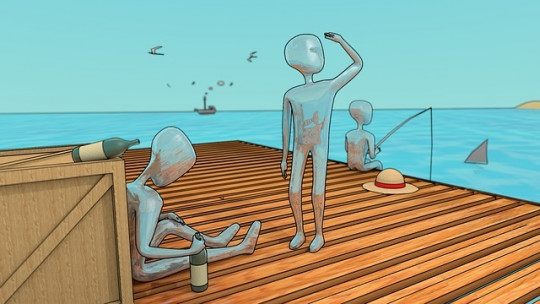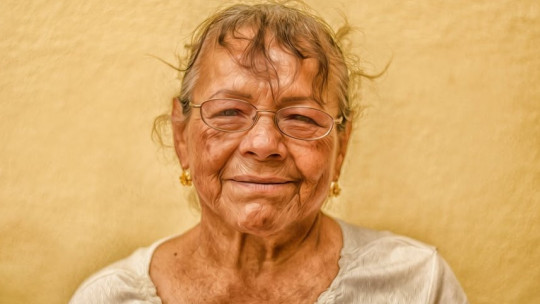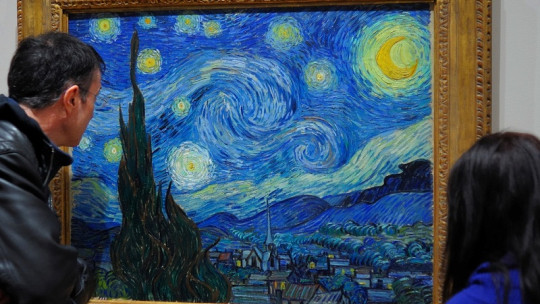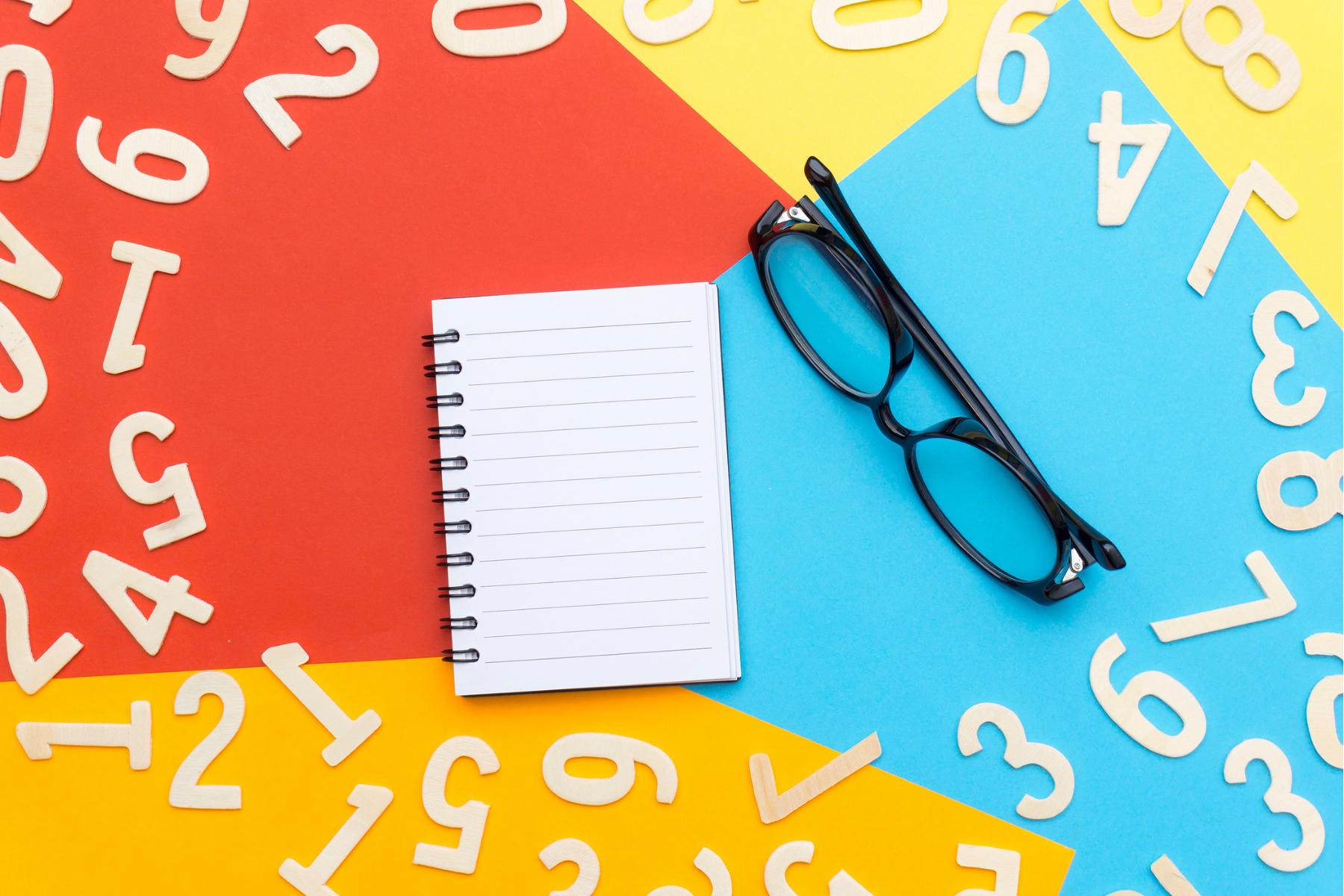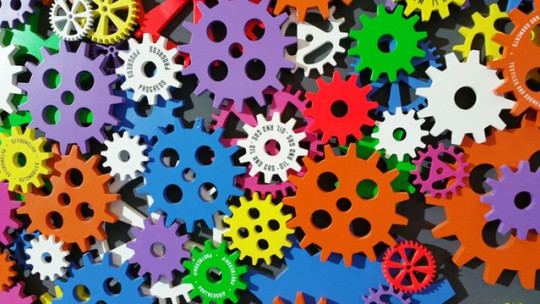Even today the beginning of research and studies on the field of knowledge of creativity can be considered very recent.
The first contributions of authors such as Bonus, Osborn either Torrance They date from the sixties onwards, so the practical application of everything found at a theoretical level in educational centers is still scarce and insufficient.
What is creativity?
From the field of psychology The experts who have addressed this topic define creativity as a process of creating original products through unorthodox means, based on the available information and with the aim of solving problems or the self-realization of the individual (as it allows the development of personal intellectual capacities).
So, Guiford He highlighted the characteristic abilities of creative individuals: fluidity, flexibility, originality and divergent thinking (on the other hand, he highlighted the differences between creativity and intelligence). In the nineties, Csickszentmihalyi He defined creativity as a state of consciousness to solve problems, in which three elements operate: field (place or discipline where it occurs), person (who performs the creative act) and domain (social group of experts). Finally, the most recent contribution of Mayers affirms the existence of five components of creativity: competence, imaginative thinking, audacity, intrinsic motivation and a creative environment.
On the other hand, it is worth highlighting the subjective nature that is associated with creative capacity. This fact may have facilitated the generation of some erroneous beliefs regarding the concept of creativity, giving it a connotation of a gift, of cognitive disorganization or of being something necessarily related to a high cultural level as a prerequisite. Thus, there seems to be a consensus today to consider creativity as a human potential, which all individuals can access without distinction. In line with the latter, The set of social, cultural and historical influences become the main factors associated with the development of creativity
How to develop creativity?
In order to define the concept of creativity and the methodology that can be implemented for its development and empowerment in schoolchildren, De Bono has proposed freedom of expression, the absence of inhibitions, the avoidance of critical evaluative judgments and the stimulation of new ideas during the creative process.
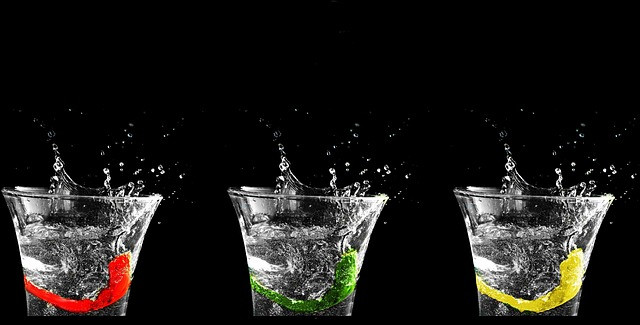
Among the techniques to be used, this author highlights the following, which favor the ability to analyze, synthesize, apply logical reasoning and make decisions:
Other investigated techniques correspond to the findings on methodologies such as morphological analysis of Zwicky Crawford’s list of attributes, Osborn’s brainstorming, De Bono’s divergent thinking, synectics or psychodrama, among others.
Related article: “The 14 keys to enhance creativity”
Convergent thinking and divergent thinking
In the response of the human being to the environment, two different ways of cognitive reaction can be differentiated, as scientific research has shown: convergent thinking and the divergent thinking. The latter is also called primary, lateral, autistic or multiple thinking and is characterized by not being subject to consciousness or following logical or simpler paths, presenting a highly symbolic character and being associated with fantastic or creative thinking.
In contrast, convergent thinking, also known as secondary, vertical, realistic either sequential operates in the opposite way to the previous one: works consciously and following the connections between the elements in a logical way and more oriented to external reality
Cognitive, affective and environmental factors in the creative act
There are three main areas of influence that affect the nature of the creative process: the cognitive, the affective and the environmental
Cognitive factors
Cognitive factors refer to set of procedures that intervene both in the reception and in the preparation of information that is presented to the subject.
The following cognitive processes have been found in the development of creative capacity:
The perception
It refers to the capture of the information presented To enhance creativity, a complete opening of the senses is required that allows optimal reception of external stimuli that facilitate the possibility of creation of the subject. It is important to free oneself from prejudices and inflexible assessments, in addition to a clear ability to define the problems and tasks to be solved.
The preparation process
It is linked to the conceptualization and delimitation of the relationship established between the different data. Its main characteristic is the multi-associative capacity to flexibly and simultaneously process various types of information.
Different perspectives can be taken to assess the elaboration processes, such as: thinking styles (divergent or creative and convergent), thinking skills (fluency, flexibility and originality to offer original or novel answers) and thinking strategies. (unconscious ways of organizing information based on the observed usefulness of its implementation in past situations).
The affective factors
Regarding the affective factors, some elements are distinguished that appear as central
for the mobilization of creative potential:
Environmental factors
Finally, environmental factors refer to the conditions of both the physical and social context that facilitate the development and actualization of creative potential Environmental characteristics that foster creative expression are primarily self-confidence, security in relation to others, and an appreciation of adaptive individual differences.
Furthermore, it has been proven that socially empathetic, authentic, congruent and accepting environments allow individuals to undertake new projects while minimizing fears of potential or unknown risks.
The stages of the creative process
The contributions that Wallas made in the middle of the last century from his works that sought to sequence the process that occurs in all creative reasoning differentiated four main phases, which have a flexible and open character: preparation, incubation, illumination and the verification.
The dimensions of creativity
In order to achieve satisfactory individual development in the educational area A series of dimensions of creativity have been established as components of the maturation process, whose connection between them must have an interactive, dynamic and integrative character.
These dimensions are the following:
Obstacles in the development of creativity
There is palpable evidence that not all students are capable of developing creative responses with the same intensity when faced with a task. Thus, there seems to be a consensus among experts in the field that there are a set of factors that act as drawbacks or obstacles that limit students’ internalization of this creative skill.
Among others, the following can be highlighted: a coercive environment that does not allow the spontaneous expression of ideas, the tendency to judge and criticize different points of view, focusing exclusively on pointing out errors committed, relying on inflexible and stereotyped methodologies, maintaining a distant attitude towards others. others, preventing respect for the uniqueness of individuals, reducing their self-confidence and promoting fear of ridicule, etc.
It seems that, although at birth all human beings have the same capacity to considerably develop creativity, The existence of postnatal environmental factors plays a discouraging role for this creative capacity, applying the practices set out in the previous paragraph. One should, therefore, be aware of how much these practices are harming students as a whole, since they are limiting the expression of an alternative, original and novel type of thinking.
In conclusion
Creativity becomes a capacity that derives from the confluence of environmental, external and acquired factors. Therefore, their maximum development must be promoted from the family and educational spheres simultaneously.
To do this, various barriers must be overcome related to prejudices, criticisms and negative evaluations applied to alternative and/or unusual ways of solving a given task, exposing reasoning, etc., which seem to be traditionally socially rooted.

